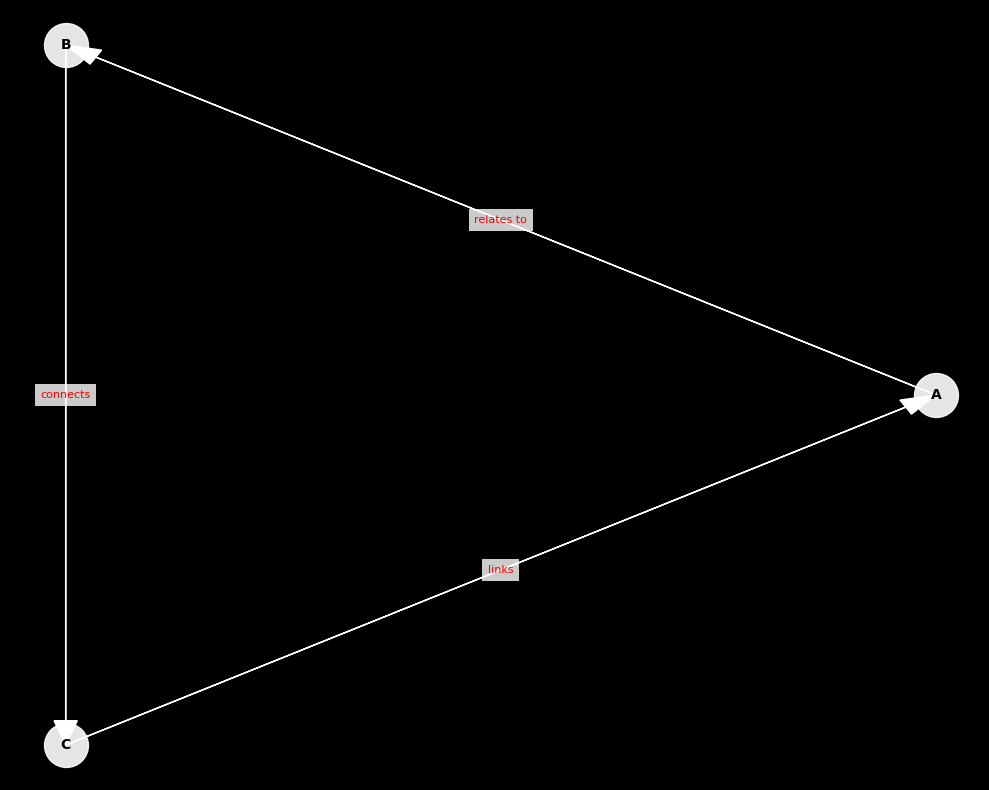Getting Started
Installation
DeepVisual can be installed using pip:
pip install deepvisualor local installation
pip install -e /path/deepvisualBasic Usage
Doublet Link Visualization
Table should be sorted (you can sort by deeplinks library) in the format - first closed links, then links between closed links (they are defined as if they contain numbers that are in closed links), if there are no numbers that would be in closed links (in the example above it is 5:6), then it is a link between ID operations. The first thing we do is to draw closed links starting from the right, then from the left. Then we draw links between closed links and links between operations. Doublet links show connections between pairs of nodes:
import deepvisual as dv
import pandas as pd
import deepcore as dc
# Create a sample dataframe with doublet relationships
data = {
'from': [6, 4, 3, 2, 2, 2, 4, 1],
'to': [5, 4, 3, 2, 1, 3, 2, 1]
}
df = pd.DataFrame(data)
# Let's sort using the deepcore library
dc.sort_duoblet(df)
# The result is a sorted table:
# 'from': [1, 2, 3, 4, 2, 2, 4, 6]
# 'to': [1, 2, 3, 4, 1, 3, 2, 5]
# Create the visualization
visualize_link_doublet(df,
loop_color='lightgray', # Hinge color
edge_color='white', # Arrow color
inter_edge_color='white', # Arrow_2 color
background_color='black', # Background color
title='links', # Name of the chart
color_title='white' # Color of the chart name
)
Doublet Graph Visualization
Doublet links are useful for showing complex relationships:
import deepvisual as dv
import pandas as pd
# Create a sample dataframe with doublet relationships
data = {
'from': [1, 2, 3, 4, 2, 2, 4, 6],
'to': [1, 2, 3, 4, 1, 3, 2, 5]
}
df = pd.DataFrame(data)
# Create the visualization
visualize_doblet_graph(
df,
edge_color="white", # Arrow color
node_text_color="white", # The color of the node labels
background_color="black", # Background color
figsize=(10, 8), # Graph size
curvature=0.3, # Level of line curvature
seed=42,
loop_radius=0.6, # Loop radius
arrow_style="->,head_length=0.7,head_width=0.5", # Arrow style (e.g. -> or -|> )
connection_style="arc3",
node_text_visible=True # Label designation (True or False)
)
Triplet visualization by graph
A triplet graph shows relationships between three elements. in it the first column accesses the third creating a link to the name of the second column. This is much clearer on the example of the Sub-Verb-Object transaction table. Here's how to create one:
import deepvisual as dv
import pandas as pd
# Create a sample dataframe with triplet relationships
df = pd.DataFrame({
'source': ['A', 'B', 'C'],
'relation': ['relates to', 'connects', 'links'],
'target': ['B', 'C', 'A']
})
# Create the visualization
dv.visualize_triplet_graph(
df, # Dataframe
edge_color="blue", # Arrow color
node_color="lightgreen", # Node color
node_text_color="black", # The color of the node labels
background_color="white", # Background color
figsize=(10, 8), # Graph size
title='', # Name of the chart
color_title='black' # Color of the chart name
)
Customization
All visualization functions support extensive customization:
- Colors for nodes, edges, text, and background
- Figure size and layout
- Edge styles and curvatures
- Node labels and text visibility
- Arrow styles and sizes
See the API Reference for complete details on all customization options.
Best Practices
-
Data Preparation:
- Ensure your data is in the correct format (DataFrame)
- Clean and preprocess your data before visualization
- Use meaningful labels for nodes and edges
-
Visualization:
- Choose appropriate colors for good contrast
- Use consistent styling across related visualizations
- Consider the size and complexity of your graph
-
Performance:
- For large graphs, consider simplifying the visualization
- Use appropriate figure sizes for your data
- Test different layouts for optimal readability